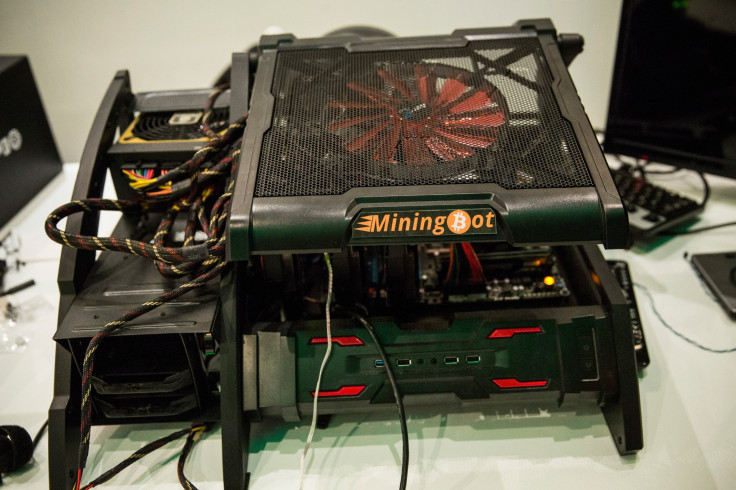Bitcoin Mining: With Difficulty Down, Will Cryptocurrency Miners Recover In 2019?

The end of 2018 will mark a difficult year for bitcoin miners. Riding the wave of crypto mania in 2017 that drove prices to all-time highs, the year’s price decline was a bitter pill to swallow for miners who rapidly expanded operations. Take Chinese mining giant Bitmain, which is moving ahead with rapid steps to downsize operations in the face of falling profitability. More broadly, we’ve seen this trend accelerate across the industry. Estimates put the number of miners who have ceased operations anywhere from 100,000 to more than 600,000.
At Atlas Quantum, we expect bitcoin (BTC) prices to continue to bounce around in the $3,000-5,000 range for the foreseeable future. That isn’t great news for the mining community, but it is sustainable for those who have the right operations. More importantly, bitcoin mining difficulty declined over 7 percent in December, following a 15 percent decline in November - meaning smaller mining players may be able to work their way back into the market.
With this as the background, what will this drop in BTC price and mining difficulty mean in 2019 - chaos, consolidation, or a market collapse? Don’t be scared of the headlines. Here are my three predictions for the crypto mining community through the next year.
Consolidation reigns
While smaller miners may be lured back into the market by decreased difficulty, that’s only a short-term trend. What we witnessed in 2018 is what will move mining forward: only the miners with the lowest energy costs, lowest operating costs, and who have achieved scale will be able to survive turbulence in BTC. No one should be surprised by this trend. Over the past few years we’ve seen cryptocurrency markets move from an experimental market into full-blown institutional involvement with widespread participation among retail investors. It’s still nowhere near mature, but the most sophisticated and cost-conscious miners are the ones who survive. Don’t think of the drop in the number of miners as a mass extinction, but rather a culling of the herd.
The year of the 51 percent attack?
First - what is a 51 percent attack? It is a hypothetical attack on a blockchain where a group of miners band together to control more than half the mining hashrate. That means they can control transactions within the network, potentially causing trouble for anyone who holds the coins, including double spending the currency. It’s highly unlikely that bitcoin will be affected by this type of attack, but watch out for takeovers of lesser coins in 2019.
Price rules all (as usual)
If there’s one takeaway from this year’s BTC price action, it is that any prediction is incredibly difficult. For miners who vie for control of every variable within their power, bitcoin’s price fluctuations will ultimately prove to be the deciding factor in deciding who survives. It is an obvious observation but an important one. At Atlas Quantum, we’re optimistic on pricing. The market continues to mature and institutional involvement is ramping up - look for a run in BTC sometime in 2019.
For miners, 2019 will shake out players who are too small or inefficient to stay in business. Market participation in crypto is one of most important aspects of the community that’s grown over the years, but consolidation is an inevitable trend. Stay tuned for big things in 2019.
Rodrigo Marques is founder & CEO of Atlas Quantum.
© Copyright IBTimes 2025. All rights reserved.





















